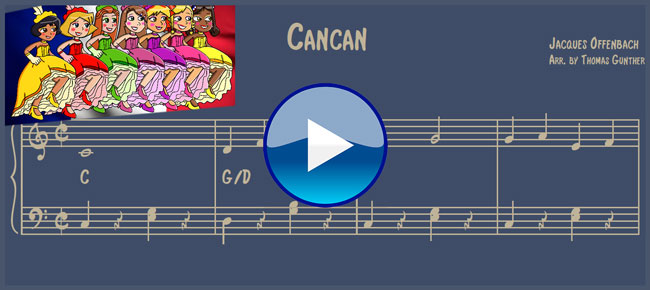I would like to invite you to support my Christmas video production of BALD WIRD ES ENDLICH WIEDER WEIHNACHTEN (Soon It Is Finally Christmas Again), I produce for the German International School Chicago.
To make a secure donation online now, please click
.
About the Production (by Thomas Gunther)
I hope you are as exited as I am about this project!
The video will feature my original Christmas song BALD IST ES ENDLICH WIEDER WEIHNACHTEN, which I composed specifically for the kids at GISC.
The video will showcase the school’s faculty and children singing and performing the music.
Here is how you can help
I would like to invite you to send me any cute Christmas photos of your children, and family photos/videos which I could use in the video, e.g. your child opening Christmas presents under the tree, sleigh riding, playing in the snow, meeting Santa, etc.
Please do this ASAP, because I’d like to start editing the following week. You may email me your footage at tg88keys at gmail dot com, or email me a link to any storage website where I can download your files.
I think this video will be a wonderful gift for your family and friends, and will also help promote the school.
The production will also be very educational for the children. They learn hands-on how a song and video are professionally produced, using state of the art equipment.
Please consider giving to the cause
You can imagine that such a production is very time consuming. The school has no budget for it, so I decided to do the audio and video production for free for the school.
However, It would greatly help if you could chip in a few dollars to compensate me for my time.
I am sure you know that a production like this, which involves composing an original song, recording and mixing the music, and filming and editing the video footage costs usually thousands of dollars.
Simply click the button below to donate a few Dollars (5 to 10 Dollars would be great, I gladly accept more).
Alternatively, you may drop of an envelop with the money addressed to me at the GISC’s office.
Thanks in advance!
Thomas Gunther,
Head of Piano Studies
German International School

















